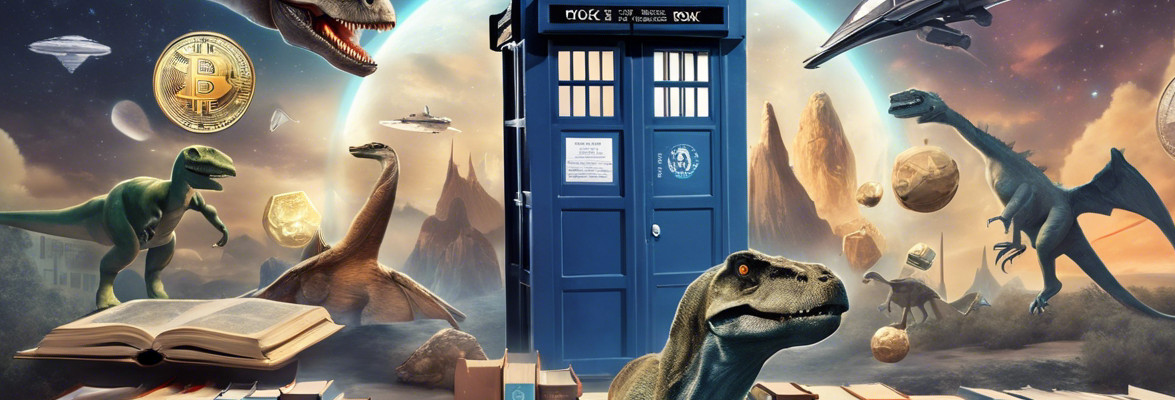 An article published in the journal “Proceedings of the National Academy of Sciences” reports the discovery of fossil tunnels that suggest that multicellular organisms existed on Earth already 2.1 billion years ago. A team of researchers studied these tunnels discovered in Gabon, concluding that groups of single cells could aggregate into an organism similar to a tiny slug that could move searching for food. An organism like this would be 1.5 billion years older than the first multicellular organisms known and for this reason the research raised controversy.
An article published in the journal “Proceedings of the National Academy of Sciences” reports the discovery of fossil tunnels that suggest that multicellular organisms existed on Earth already 2.1 billion years ago. A team of researchers studied these tunnels discovered in Gabon, concluding that groups of single cells could aggregate into an organism similar to a tiny slug that could move searching for food. An organism like this would be 1.5 billion years older than the first multicellular organisms known and for this reason the research raised controversy.
So far the oldest traces of multicellular organisms date back to the so-called Ediacara biota, just over 600 million years ago, but a group of researchers led by Abderrazak El Albani of CNRS / Université de Poitiers discovered what could be much more ancient traces in Gabon, in the Franceville Basin. These are tunnels, 6 mm to 1.7 cm long tubular structures that pass through layers of fossil bacteria. They might not seem much but if the interpretation given by the researchers is correct, it’s an extraordinary discovery that also poses a number of questions.
The sedimentary rocks were subjected to various tests to date them and to obtain a non-destructive 3D reconstruction of the tunnels. According to the researchers, the tunnels discovered were created by organisms that could move and look for food that had to be multicellular. They were compared to modern aggregations of amoeboid cells that form a sort of slug in slimy environments to get food. In the case of the fossils, according to the reconstruction they lived in a shallow marine environment where the water was low and rich in oxygen since about 300 million years ago earlier there was the so-called Great Oxygenation Event, the first great extinction of mass caused by the very high growth of oxygen in the Earth’s atmosphere.
The idea that 2.1 billion years ago, in the Paleoproterozoic, there were already multicellular organisms, would changes considerably our knowledge of the evolution of life on Earth but Abderrazak El Albani has been studying this possibility for years. Already in July 2010 an article published in the journal “Nature” described various macrofossils found in Gabon, also called Franceville biota or Gabonionta. The new study on the fossil tunnels offers what according to El Albani and his collaborators are new evidence of the existence of multicellular organisms in that remote age.
The top image (Courtesy A. El Albani / IC2MP / CNRS – Université de Poitiers, All Rights Reserved) shows examples of the fossil tunnels attributed to Gabonionta. The bottom image (Courtesy A. El Albani & A. Mazurier / IC2MP / CNRS – Université de Poitiers, All Rights Reserved) shows a three-dimensional reconstruction of fossil tunnels attributed to Gabonionta.
According to the researchers, the tunnels prove that there were organisms complex enough to be able to move around in search for food. Other evidence comes from chemical traces such as that of pyrite: geochemist Kurt Konhauser of the University of Alberta, one of the authors of the new research, explained that pyrite isn’t found without organisms that feed on bacteria, just what seems to have occurred in those fossil rocks.
The controversy over these researches is inevitable and the authors are the first to recognize it. An alternative possibility is that the bacteria mats got somehow rolled up, even if according to the researchers this doesn’t match up with the positions relative to the sediment layers. The interpretations are made difficult by the age of the fossils and by the fact that the authors of the research recognize that they really don’t know what kind of life forms could be those first multicellular organisms.
It’s possible that those multicellular organisms are not the ancestors of the current ones but got extinct without leaving other traces, the reason why these fossil tunnels were discovered in Gabon but nothing more recent. The traces may have been wiped out over time. If there are other traces, after this research maybe there will be other scientists who will try to find them in addition to Abderrazak El Albani and his collaborators. The many doubts that still remain show how limited our knowledge is about most of the history of life on Earth and how difficult it is to study such ancient fossils.


